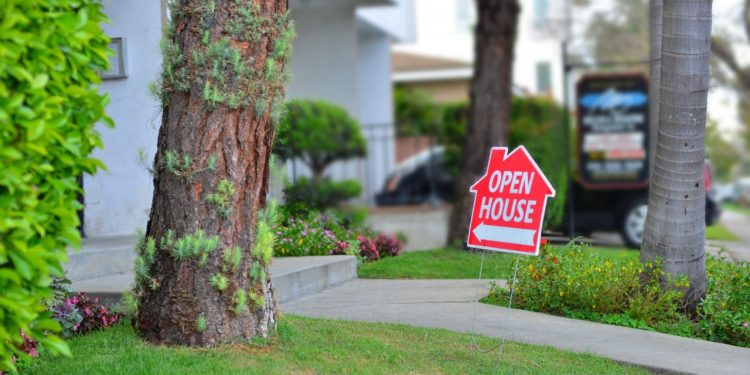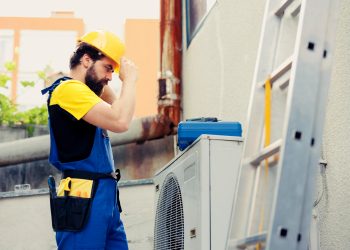The beautiful trees gracing the landscape of Upstate New York add value and charm to our homes. They provide shade, clean the air, and create a serene atmosphere. However, trees, like any living beings, can fall prey to diseases that jeopardize their health and safety. As a homeowner in Upstate NY, and more specifically, the area we work in, Binghamton NTY, it’s crucial to be vigilant and able to identify signs of tree diseases early on. Taking quick action can help prevent further spread and potential hazards. This article delves into the top three signs of diseased trees that homeowners should be aware of.
1. Abnormal Leaf Discoloration and Growth Patterns:
One of the initial indicators of a diseased tree is a change in the appearance of its leaves. Be on the lookout for the following signs:
a. Unusual Yellowing or Browning Leaves: Premature yellowing or browning of leaves may signal stress or disease. While leaf color changes are common during the fall, if they occur in other seasons or affect a substantial part of the tree, it could indicate a problem.
b. Spots and Blotches: Small spots or blotches on the leaves can be caused by various fungi or bacterial infections. These spots may start small and spread over time, leading to defoliation and weakening of the tree.
c. Curling or Distorted Leaves: Misshapen, curled, or twisted leaves may be a symptom of viral infections or pest infestations, such as aphids, mites, or caterpillars.
d. Fungal Growth: The presence of fungal growth on the tree’s trunk, branches, or near the base is a clear sign of disease. Fungi can cause significant damage to the tree’s vascular system, hindering the transport of nutrients and water.
2. Premature Leaf Drop and Thinning Canopy:
A healthy tree maintains a lush canopy throughout the growing season (and in the Binghamton area, some throughout the entire year!). However, if you observe a sudden thinning of the tree’s foliage or early leaf drop, it could be an indication of tree disease.
a. Premature Leaf Drop: Trees naturally shed their leaves in the fall, but if your tree starts losing leaves excessively before the autumn season, it could be under stress or facing disease-related issues.
b. Thinning Canopy: A once dense and full canopy that starts to look sparse and thin is cause for concern. It might suggest that the tree is struggling to support its foliage due to a disease affecting its overall health.
c. Dead or Dying Branches: If certain branches on the tree appear lifeless, with no leaves or signs of new growth, it could be a sign of a disease or pest infestation affecting specific areas of the tree.
3. Bark Abnormalities and Visible Damage:
The bark serves as the protective layer for a tree, and any abnormalities in its appearance can indicate a problem.
a. Cracks and Splits: Large cracks or splits in the tree’s bark may be a sign of internal decay, which weakens the tree’s structural integrity and poses a potential hazard.
b. Cankers: Cankers are localized dead areas on the bark that often appear sunken and discolored. They can result from infections or physical injuries and may lead to the death of the affected branches.
c. Peeling or Missing Bark: When the bark peels off or goes missing in patches, it exposes the inner layers of the tree to potential infections and pests. This could be a result of diseases like canker, fungal infections, or pest activity.
d. Sudden Growth of Epicormic Shoots: Epicormic shoots are small, thin branches that sprout from the trunk or larger branches of a tree. The sudden appearance of such shoots can indicate that the tree is under stress, and it is trying to compensate for the loss of foliage.
Remember, if you notice any of these symptoms on your trees, consulting a professional Binghamton arborist or a local cooperative extension office is the best course of action. They can accurately diagnose the tree’s health and provide appropriate treatments. Regular tree inspections and maintenance by certified arborists can help detect problems early, ensuring the longevity and well-being of your beloved trees. Healthy trees not only enhance the aesthetic appeal of your home but also contribute to the overall ecological balance of your surroundings.













